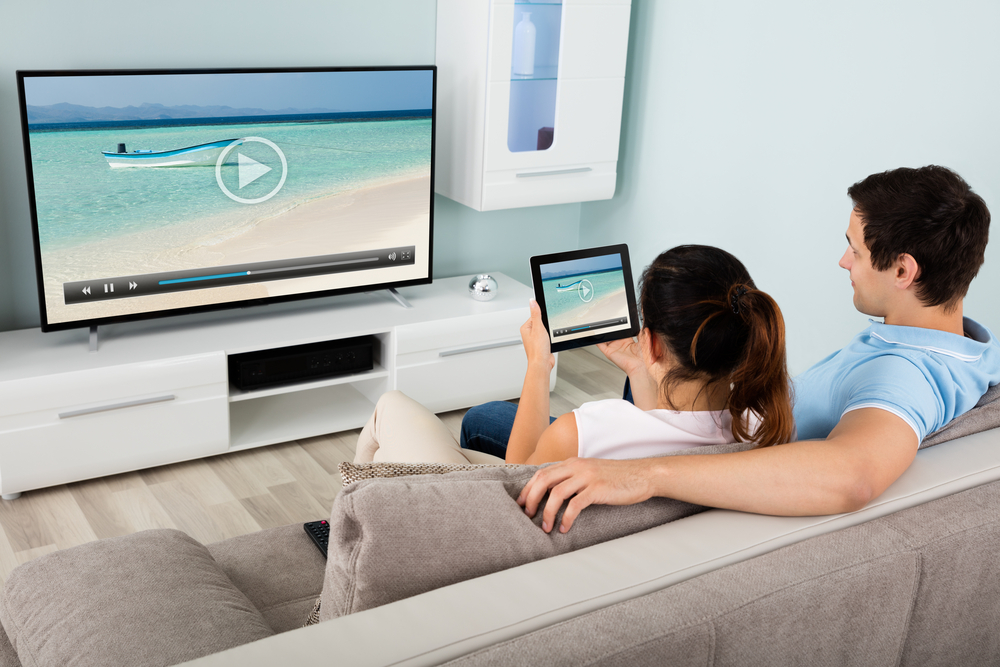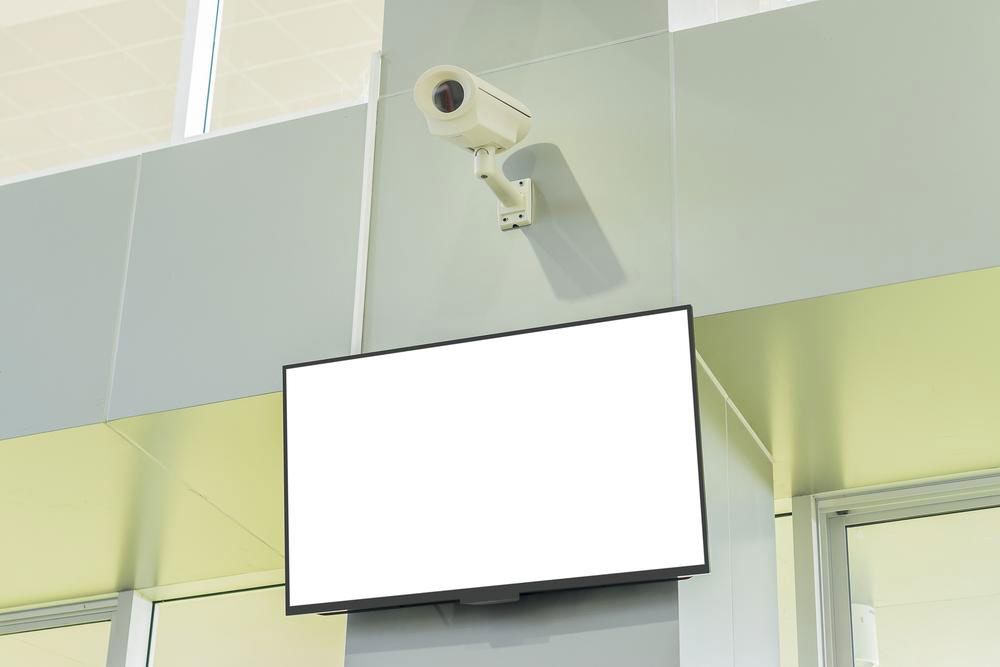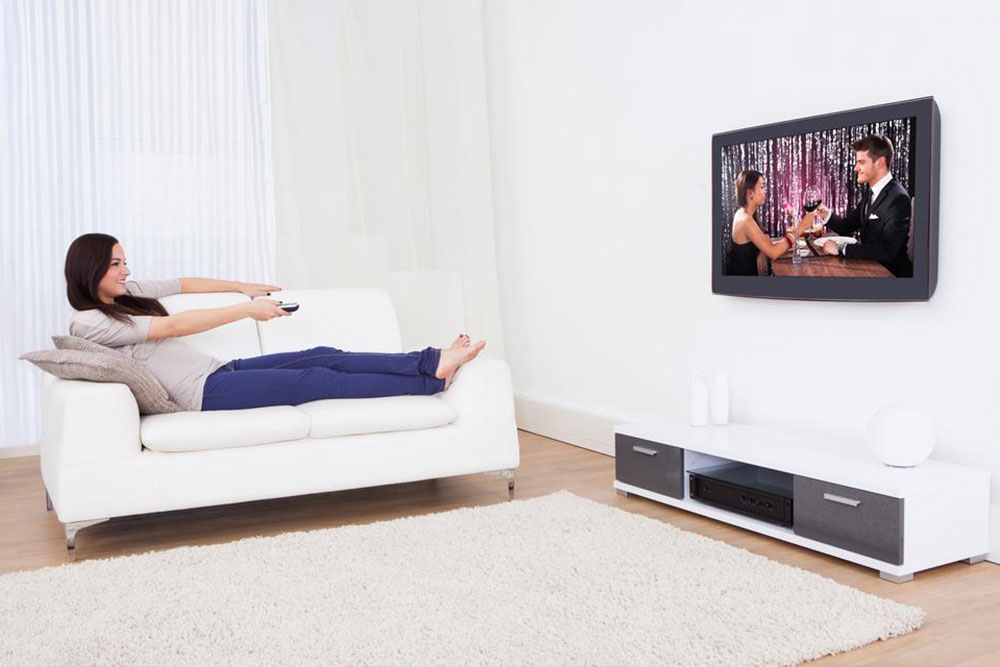Comprehensive Guide to Choosing the Perfect Flat Screen Television for Your Home
This comprehensive guide provides essential tips for choosing the ideal flat screen television, focusing on size, placement, picture quality, smart features, and user convenience. Designed to help consumers navigate an evolving market, the article emphasizes practical considerations and technical insights essential for making an informed purchase. Whether upgrading your existing setup or buying your first flat screen, this detailed overview ensures you select a model that enhances your home entertainment experience, offering clarity and value for your investment.

Essential Factors to Consider When Selecting a Flat Screen TV
In the rapidly evolving world of modern electronics, flat screen televisions have become a staple in households worldwide. From sleek, slim profiles to advanced Ultra HD displays, the variety of options can be overwhelming for consumers seeking to enhance their viewing experience. With technological innovations constantly emerging, knowing what features to prioritize and understanding the nuances of different models are crucial for making an informed purchase decision.
This comprehensive guide aims to help you navigate the diverse landscape of flat screen TVs, covering critical factors such as size, resolution, display technology, and smart features. Whether you're upgrading your current television, purchasing your first flat screen, or looking for a model that balances performance with affordability, the following insights will help you select a television that fits your space, budget, and viewing preferences perfectly.
Measuring Your Space and Ensuring Compatibility
Before stepping into a store or browsing online, accurately measure the designated space for your new TV. Consider the height, width, and depth, as well as additional clearance for cables or stands. Overestimating your needs can lead to purchasing a device that feels overwhelming or out of place in your room. Conversely, choosing a model that is too small might compromise your viewing experience, especially for cinematic content or sports events. If your room has limited space, opt for a slim, lightweight model that is easy to mount or transport. Don’t hesitate to ask sales assistants for assistance—they can help you choose a size that balances visual impact with practical considerations.
Understanding Your Viewing Environment
Your room’s lighting, size, and seating arrangement significantly impact your TV’s performance. Bright rooms with natural sunlight can cause glare, reducing picture clarity, so consider models with anti-reflective screens. The distance between your seating area and the TV should be proportionate to the screen size—generally, the ideal viewing distance is about 1.5 to 2.5 times the diagonal size of your TV. For instance, a 55-inch screen should ideally be viewed from approximately 6.8 to 11.5 feet away. Positioning the TV at eye level and ensuring minimal reflections will enhance your overall experience.
Selecting the Right Size and Portability
Choosing a screen size that fits both your space and lifestyle is essential. Large screens up to 85 inches are perfect for spacious living rooms, while smaller models suit bedrooms or limited spaces. Consider whether you need your TV to be portable or wall-mounted. If you plan to frequently move or reposition the device, opt for models that are lightweight and easy to handle. Also, confirm that the TV’s weight and dimensions are compatible with your mounting brackets or furniture. Your purchasing decision should balance visual impact with ease of handling.
Evaluating Picture Quality and Display Technology
Picture clarity, contrast ratio, and resolution determine the overall viewing experience. Modern flat screens typically feature LED, OLED, or QLED technology. OLED TVs offer superior contrast ratios and deeper blacks, ideal for cinematic viewing, while QLED models provide vibrant colors and high brightness levels suitable for bright rooms. Investigate pixel density and ensure the display supports at least 4K Ultra HD resolution for sharp, detailed images. When comparing models, view them side-by-side if possible, and examine sample content like high-definition videos or images to assess clarity and color accuracy.
Remote Control User-Friendliness
An intuitive, user-friendly remote control enhances comfort, especially for elderly or less tech-savvy users. Look for remotes with clearly labeled buttons, simple navigation, and minimal complexity. Some smart TVs come with voice control features or smartphone app compatibility, which can further streamline operation. The ease of navigating menus, switching inputs, and accessing streaming services contributes to overall satisfaction. Prioritize models with ergonomic remotes that feel comfortable in hand and offer quick access to commonly used functions.
Understanding Refresh Rates and Motion Handling
A higher refresh rate ensures smoother motion rendering, especially during fast-paced scenes in sports, action movies, or gaming. A refresh rate of 120Hz or higher is generally recommended for a seamless viewing experience. Some models feature motion interpolation technology to enhance on-screen movement, but purists may prefer natural motion without artificial smoothing. Test various models if possible, paying attention to how well they handle rapid movements without blurring or juddering. This feature greatly impacts the overall picture quality during dynamic content.
Smart Features and Connectivity Options
Today’s flat screens often come integrated with smart capabilities, transforming your television into an entertainment hub. Equipped with built-in WiFi, these models allow access to streaming platforms like Netflix, YouTube, Amazon Prime, and more directly from the TV interface. Consider the variety of apps available and the ease of navigation within the operating system. Additional features such as voice control, screen mirroring, HDMI ports, USB inputs, and Bluetooth connectivity expand functionality. Ensuring your TV supports the latest connectivity standards will future-proof your purchase and enhance your multimedia experience.
Ultimately, selecting the right flat screen TV involves balancing technical specifications with your personal preferences and practical needs. Conduct thorough research, view models in person when possible, and prioritize features that will maximize your viewing pleasure for years to come. With these insights, you’ll be empowered to make an educated investment that transforms your entertainment space into a cinematic sanctuary.





